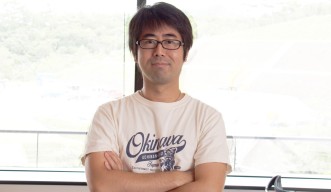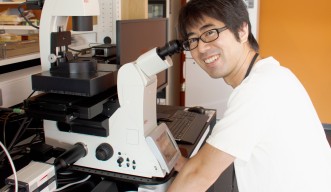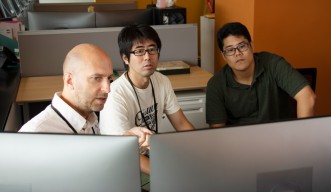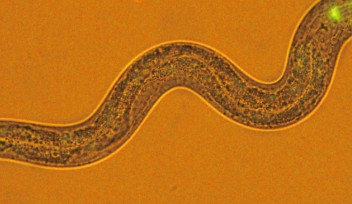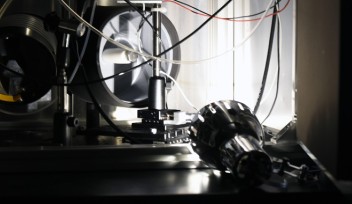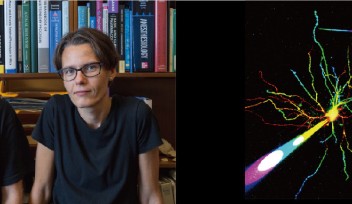Examining the ‘how’ and ‘why’ of our brain’s hard drive
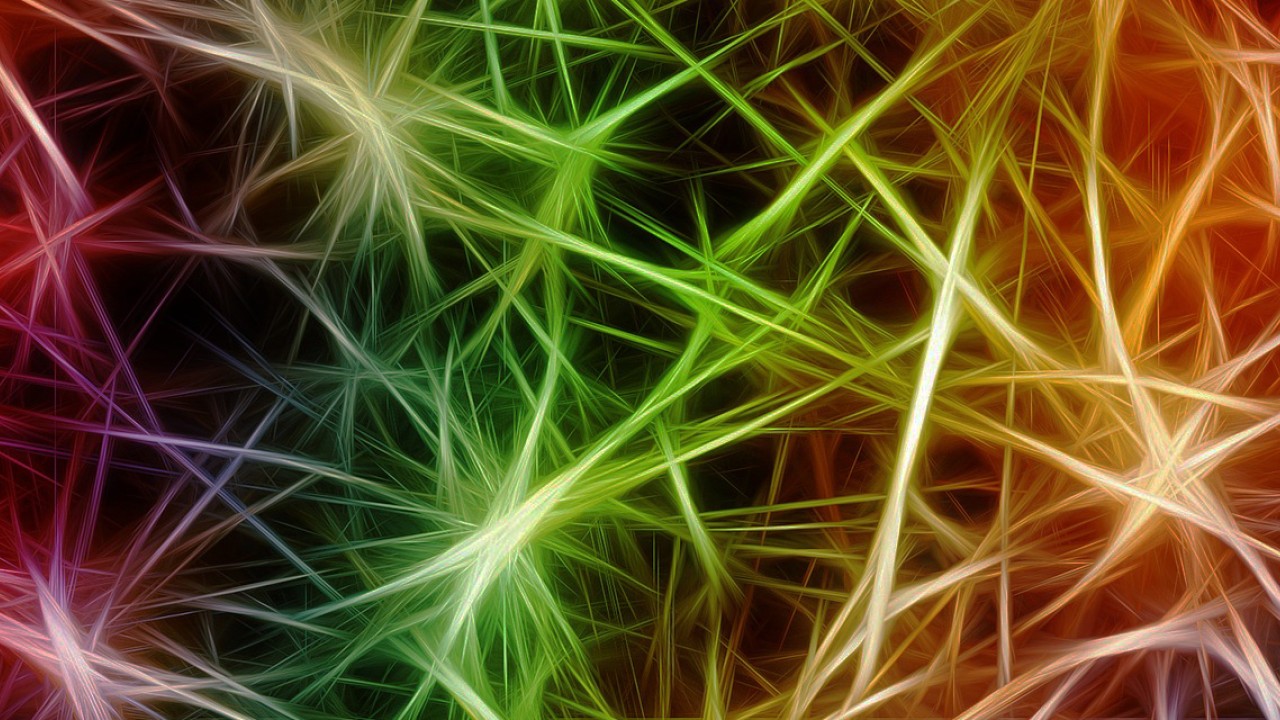
Our memories are central to our identity. In many ways, they are the recording of our life. The ability to remember events, conversations, people, and facts forms a key part in how we respond to the world around us. And whether they make us laugh or cringe, memories also serve as reminders of past lessons or warnings. But despite their importance, it’s still unclear how our brains create and store them, and why some are lost, and others kept forever.
But one researcher at the Okinawa Institute of Science and Technology Graduate University (OIST) is trying to change that. With a strong interest in how the human mind works, Professor Kazumasa Tanaka, who joined OIST in July 2019 to lead the Memory Research Unit, plans to use behavioral experiments and genetic interventions in mice to reveal how brains store information about past experiences.
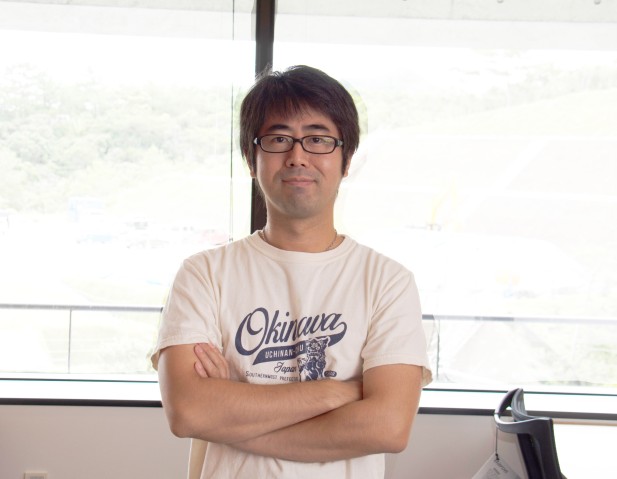
“This research field is a bit chaotic,” explained Professor Tanaka. “We don’t really understand episodic memories. There are so many theories and previous research on this topic has not formed any sort of consensus. Some experiments might support one idea, but they don’t reject the others. We do know that a part of the brain which is involved in episodic memories – the hippocampus – is dynamic and unstable. My group is trying to make sense of it.”
To do this, Professor Tanaka and his group are taking a close look at the hippocampus’s neurons – cells within the nervous system that transmit information to other cells.
“What’s unexpected about the hippocampus is that the neurons are heterogeneous. They’re all different,” said Professor Tanaka.
This is in sharp contrast with, say, a computer’s hard drive where everything is the same. Within the hippocampus, every specific memory is stored across several units as any experience includes a multitude of information. For example, when you’re eating at a restaurant, you’ll remember the taste of the food, but you could also be enjoying the scenery from the window and having a conversation with a colleague. In the hippocampus, one unit will remember objects, another will remember the space, and yet another will remember more abstract details and so on.
What’s more, previous research on the hippocampus has revealed that the cells within it aren’t stable. Within a few days to a few weeks of recording a memory, the activity of neurons has completely changed and the hippocampus, remapped.
Both these characteristics intrigue Professor Tanaka. “We want to know why the hippocampus is dynamic and unstable,” he said. “Is it because of degrading memories? Does the remapping help the animal to remember somehow? And why are the neurons so heterogeneous? It seems to be an incredible inconvenient way of storing information.”
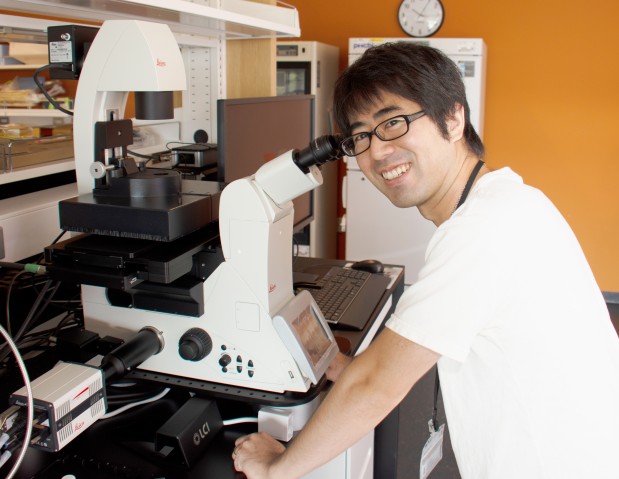
Using mice as a model, Professor Tanaka and his Unit intend to further investigate the hippocampus. The mice are trained to learn how to navigate to a specific location, obtain a reward, or avoid a threat in an environment. After training, the researchers test their memories by deducing changes in their behavior.
One of the projects within the Unit will record the neurons in the hippocampus over a much longer period to see when the remapping occurs. The researchers intend to implant tiny microscopes into the brains of the mice to record this activity.
Another project is taking the Unit in a new direction – neuronal transplantation. The researchers will take neurons from the brain of one animal and transplant them to another animal. If it goes well, then Professor Tanaka hypothesizes that this will increase the recipient animal’s capacity for learning.
“We’ll transplant neurons from one animal to another to see if they’re functional. If they are, this will lead to the receptive animal having more neurons. If the transplanted neurons can carry information the same way that the native neurons can, this will tell us a lot about how the hippocampus works.”
Being able to pursue whichever research projects he chose was one of the reasons that Professor Tanaka decided to join OIST. “I wanted to work in an international university within Japan, and I knew about this institute after reading articles about it and speaking to other researchers. This is a great place for scientists, as there are good research budgets, excellent resources, and a high level of scientific freedom.”
Although this research is primarily driven by curiosity about the human mind, having a deeper understanding of how memories work could have numerous applications for society. “Our primary focus is on this fundamental understanding of our brain,” said Professor Tanaka, “But, of course, this research does relate to amnesia and neurodegenerative diseases such as Alzheimer’s.”
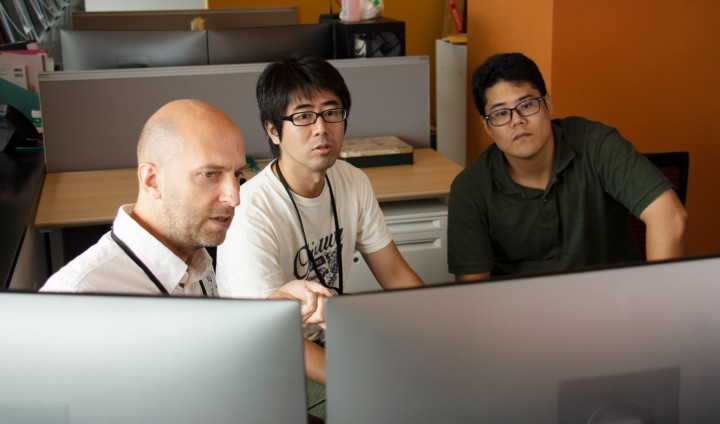
Specialty
Research Unit
For press enquiries:
Press Inquiry Form










